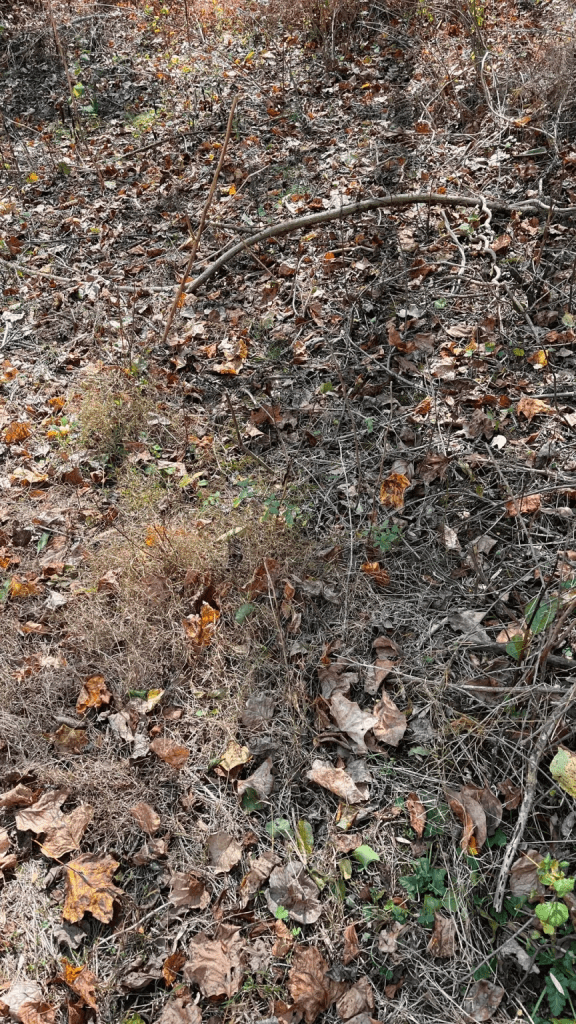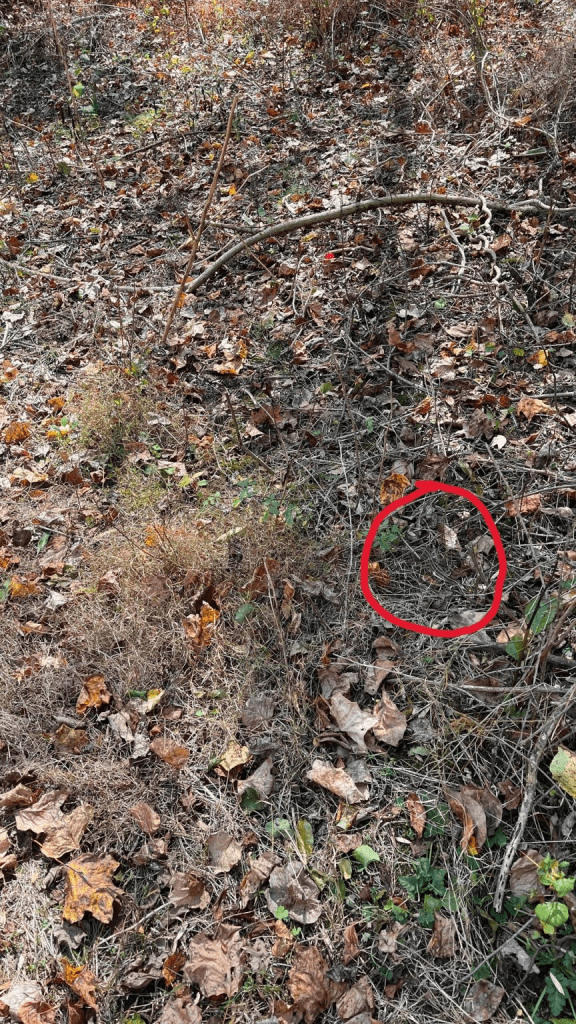Hidden object challenges have an uncanny way of grabbing our attention. They invite us to pause, focus, and engage our powers of observation. Recently, one such challenge has captivated puzzle lovers everywhere—a seemingly simple image of a woodland scene with a hidden snake camouflaged perfectly within its surroundings. Are you up for the challenge? Let’s dive into this visual puzzle and see if you can find the elusive snake hiding in plain sight.

Why Are These Visual Challenges So Tricky?
Before we start hunting, let’s understand why spotting hidden objects in images can be so challenging. Here are some reasons why our eyes sometimes struggle with visual puzzles, especially when camouflaged animals are involved:
- Natural Camouflage and Blending
Snakes are experts at blending into their environments. The subtle colors and patterns on a snake’s body allow it to mimic textures like leaves, twigs, and shadows, making it incredibly difficult to detect. - Overlooking Small Details
Our eyes naturally tend to focus on larger, more prominent shapes, which means we often miss the finer, smaller details. A snake can easily get lost in the noise of a scene filled with similar colors and shapes. - Focusing on the Wrong Areas
Many people instinctively look toward the center of an image, expecting the main object to be there. However, in hidden object challenges, the target is often tucked away in less obvious spots, like the edges or corners. - Assumptions and Expectations
We tend to imagine snakes in coiled or striking poses, but in reality, they’re often stretched out and still, blending perfectly with their surroundings. This expectation can make it harder to spot a snake lying flat or in an unusual position.
Now that we know what makes spotting this snake a challenge, let’s go through some tips to help sharpen our observational skills and zero in on the hidden snake.
Step-By-Step Guide to Spotting the Hidden Snake
To find the hidden snake, take a methodical approach. Follow these steps to maximize your chances of spotting it on your own:
1. Scan the Image Slowly from Bottom to Top
Begin by focusing on the lower portion of the image. Gradually work your way up, scanning each section of leaves, sticks, and twigs. Moving from the bottom to the top (or vice versa) helps ensure you don’t skip over any part of the scene and allows you to examine details closely.
2. Look for Unusual Patterns
Snakes have a unique shape—long, thin, and smooth. This form stands out against rougher, natural textures like leaves and twigs. Keep an eye out for anything that resembles a continuous line or stripe that doesn’t seem to fit with the scattered, irregular shapes around it.
3. Focus on Subtle Shades and Colors
In this puzzle, the snake is thin, dark, and features two faint white stripes that help it blend into the shadows and twigs. Look closely at any areas where the colors and patterns might be slightly different from the rest of the forest floor. The white stripes, though subtle, can give away the snake’s location if you focus on them.
4. Spot the Snake’s Exact Location
After carefully scanning the entire image, you may notice something unusual near the lower right area of the photo, hidden among dry leaves and sticks. The snake is lying flat on the ground, camouflaged by its dark coloring and thin white stripes that mimic shadows and light streaks on the forest floor. Its position, lying straight and flat, enhances its camouflage, making it look like just another twig at first glance.
Explaining the Solution: How the Snake Blends So Well
The snake in this image is an expert at hiding. It lies stretched out instead of coiled, parallel to a nearby stick. Its thin, dark body and dual white stripes make it almost indistinguishable from its surroundings. This camouflage technique works because the stripes mimic the highlights and shadows of the leaves and sticks around it, tricking the eye into seeing it as just another piece of debris on the forest floor.
In the circled area of the image, the snake lies so closely alongside a stick that they almost merge into one. The combination of color, shape, and proximity to other natural objects creates an illusion that hides the snake in plain sight. Once you spot it, though, you’ll wonder how you missed it before—it suddenly becomes glaringly obvious!

Common Mistakes People Make in These Challenges
While tackling hidden object puzzles, it’s easy to fall into certain traps. Here’s what often throws people off when trying to spot camouflaged creatures like this snake:
- Assuming the Snake Will Be Centered: It’s easy to believe the object is in the middle of the image, but often, hidden elements are cleverly placed in less conspicuous spots.
- Looking for Obvious Shapes: We tend to search for easily identifiable shapes, yet snakes can hide in stretched or flattened positions that make them look more like sticks or shadows.
- Focusing Only on Large Areas: The mind can gloss over smaller details, so remember to carefully scan every part of the image, even the corners and edges.
Understanding these common mistakes can help you improve your observational skills for future visual challenges.
Why Visual Puzzles Are Great for Your Brain
Challenges like spotting hidden objects are more than just fun—they’re fantastic for mental exercise. Here’s why engaging in these puzzles can benefit you:
- Enhances Focus: Visual puzzles require you to concentrate on details, training your mind to block out distractions and sharpen your focus.
- Improves Attention to Detail: Spotting hidden objects trains your brain to notice small differences, an invaluable skill in many areas of life.
- Boosts Memory: These puzzles can help reinforce memory by encouraging you to recall specific patterns or visual cues.
- Encourages Patience and Perseverance: It takes patience to work through a puzzle slowly. Each success helps build perseverance and problem-solving skills.
Share Your Victory and Challenge Your Friends
Now that you’ve spotted the snake (or perhaps you’re still looking!), share your experience! Did you find it right away, or did it take a while to uncover the sneaky serpent? These types of visual challenges are perfect for sharing with friends and family, so don’t hesitate to test their observation skills, too.
Hidden object puzzles like this one aren’t just a fun diversion—they’re also a workout for your brain. The more you practice, the sharper your observation skills will become. Who knows, with enough practice, you might even develop those legendary “eyes of a sniper”! Keep hunting for hidden gems and enjoy the thrill of each discovery.


